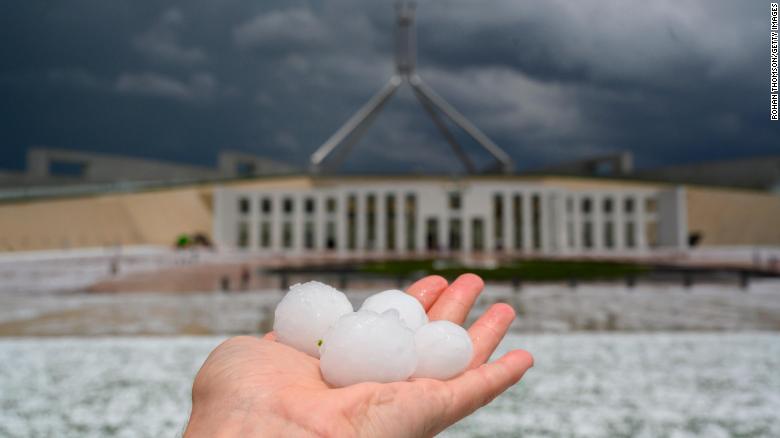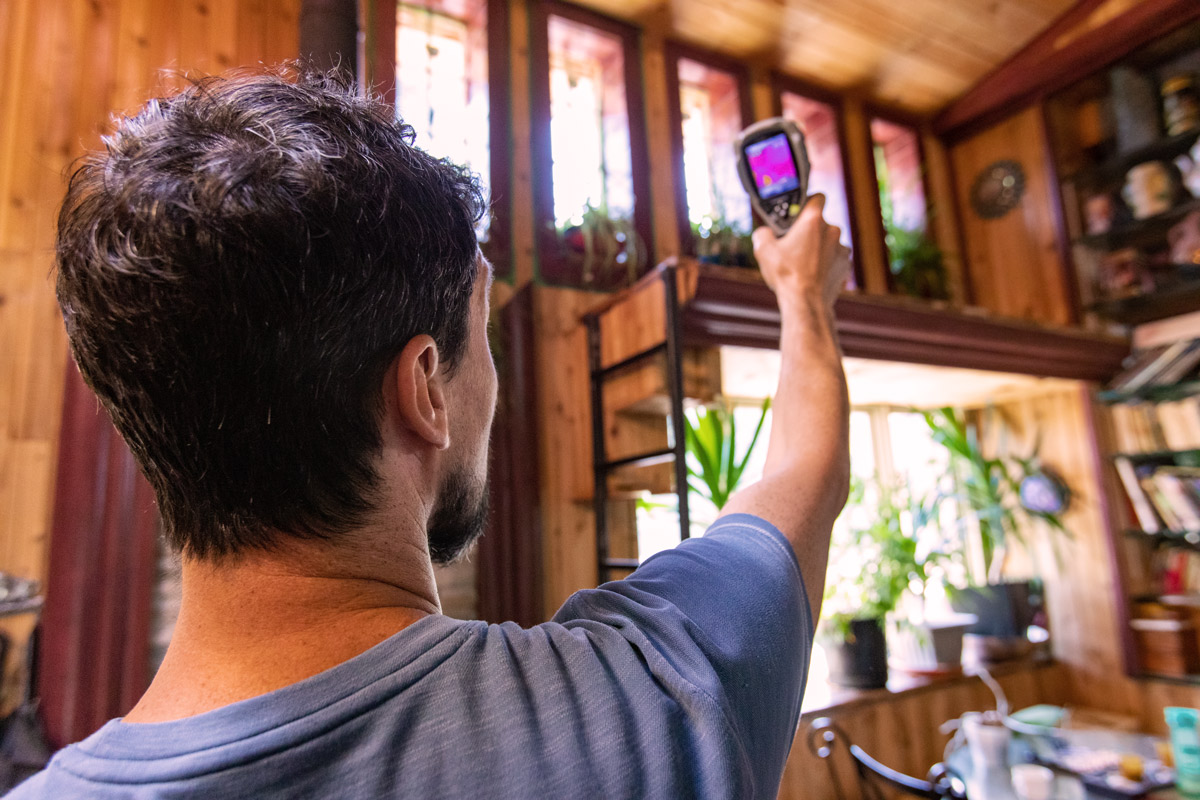
The January 2020 hailstorm that rocked Canberra left behind a trail of destruction despite lasting for only 15 minutes, with many more commercial property insurance claims yet to be processed 18 months later.
In a statement, Peter Chamberlain, managing director of Allinsure told the Insurance Claims Group that there are a huge number of customers who have no idea that their roofs got damaged during the event.
Recently, more than $1 million worth of damage was discovered on the roof of a commercial building in Fyshwick.
“Since the roof wasn’t leaking, nobody had climbed up to check for any sign of damage and it wasn’t until Allinsure was appointed to look after the client that this was picked up,” notes Peter.
He urges Australians who haven’t done a thorough assessment of their properties to do so as soon as possible.
One of the urgent actions to be taken by the industry with regards to the severe hailstorm is identification of those who suffered losses during the catastrophic event.
The worst thing would be people with metal roofs living under dented roofs that allow dust and water pools within the dents, eventually causing rust and corrosion which significantly reduce the lifespan of the roof.
Damage due to rust and or corrosion is classified under wear and tear, and therefore cannot be covered by the business and residential insurance policies designed to provide coverage for unexpected events.
“Given five years from now, if you face a problem with your roof you will have a harder time proving to your insurer that it was originally caused by the January 2020 hailstorm,” says Peter.
He adds that most metal roofs will be left with void warranties once they are dented.
The Canberra hailstorm is just one in the many catastrophes that have hit Australia in recent times besides the Black Summer bushfires and severe flooding in Queensland and New South Wales.
Why the Australian Insurance Sector feels overwhelmed
Peter says the system is under immense pressure to discover the loopholes that previously went unnoticed.
“Generally, the country’s insurance sector is one area that does not have enough capabilities to service a catastrophe,” he says.
This means, when an event such as a hailstorm occurs, the rest of the specialists from across the nation or overseas are sent to the affected area to assess the damage and assist in the immediate aftermath, and this has proved to be helpful.
Considering the increased frequency of catastrophes in Australia, the system has been strained to breaking point, something that has eventually led to a compromise in the processes.
A notable knock-on effect of this event is that 18 months after the hailstorm, insurance companies still have six months or more worth of repairs to be done.
Two Calls to Action in the wake of the peril
First and foremost, Peter says there is need for independent assessors and expert building consultants to establish the scope of works on any given claim instead of allowing individual construction companies to discretely ascertain this.
“When multiple quotes are required by insurers for comparison, having each builder write their own scope of works first makes little to no sense,” he says.
“In some cases, the two or three builders’ scopes for the same job were so different it made comparing the quotes all but impossible.”
This kind of variation led to a higher final price than originally quoted. This mostly happened when the initial scope of works from a given panel builder lacked adequate ability to complete the job, had provisional figures that were way lower in an attempt to secure the job, or due to oversight.
The second issue noted by Peter post-hailstorm was over-reliance on interstate builders that flew in and out of the country. Hiring interstate contractors and having them leave immediately on completion of projects was problematic.
“Using interstate builders instead of our reputable and trusted local builders highlighted the importance of having teams of quality and professional trades on-hand to fulfill the required work,” states Peter.
This also forced interstate builders to bring in contractors from overseas and territories despite the challenges brought about by the Covid-19 pandemic. Foreign contractors are not used to working under Australian regulations and conditions.
In conclusion
Peter wonders who will end up fixing the works in case all the completed works start experiencing serious issues like water leakages.
To stem this practice, his advice is simple: invest in local. To learn more about claim settlements and values, click here to speak to our claim consultants.
Need Assistance?
Ready To Start Your Claim Review?
Contact us to book a no‑obligation claim review.


